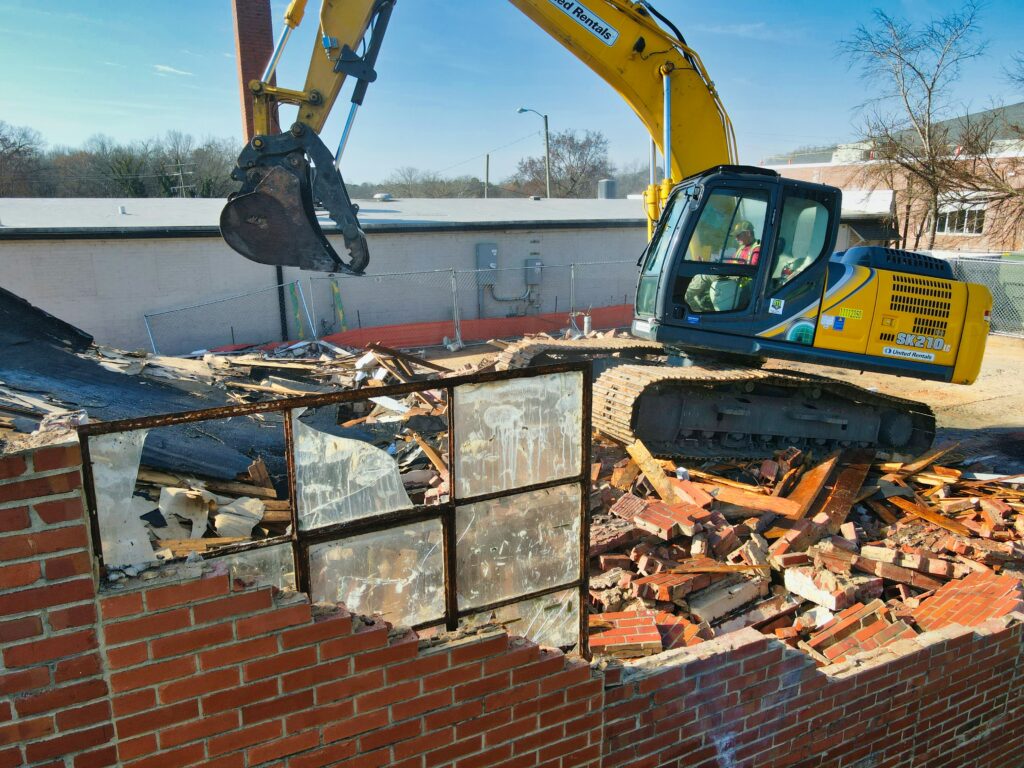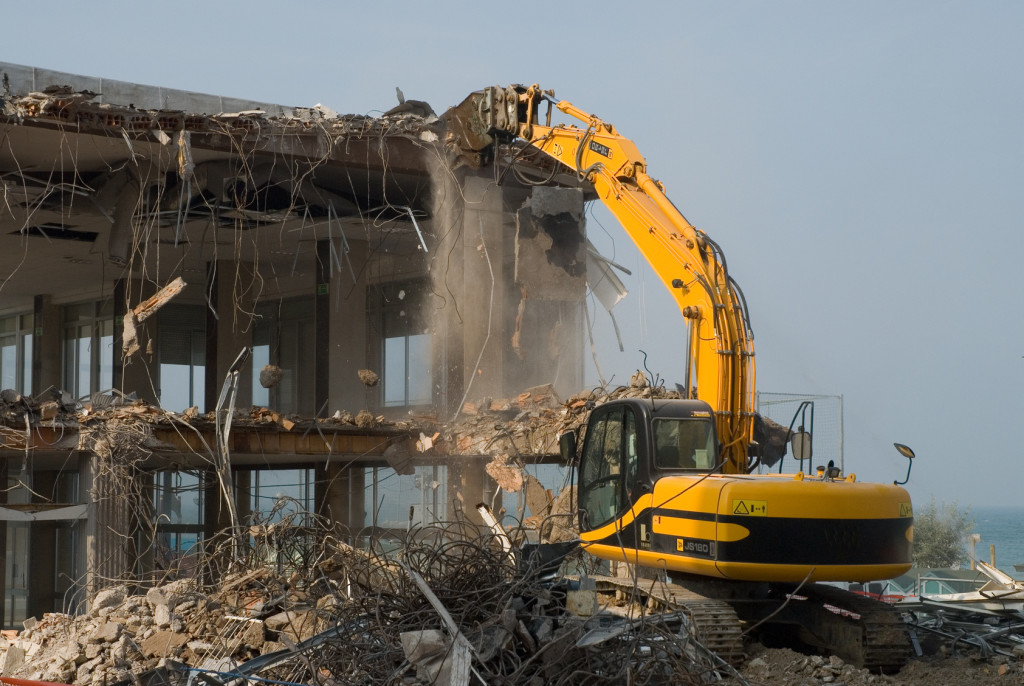Demolition work is one of the most hazardous sectors in the construction industry. Whether you are pulling down a residential house, dismantling a commercial warehouse, or carrying out complex industrial demolition, the risks are higher than in most trades. Falling debris, hazardous materials, dust exposure, vibration damage to neighbouring properties, and heavy machinery operation all create challenges that can lead to expensive claims if something goes wrong.
Demolition Contractors Insurance is designed to protect your business from these risks. It combines several types of cover into a single tailored package that reflects the nature of demolition operations. With the right policy in place, you can protect against third-party claims, damage to plant and equipment, and financial loss from accidents that may delay or halt projects.
At Bluewell, we help demolition companies of all sizes – from small sole trader operators to large firms with multiple crews – secure flexible, competitive insurance solutions. We work with APRA-regulated insurers who understand the complexity of demolition work and can offer the protection your business needs to continue operating with confidence.


